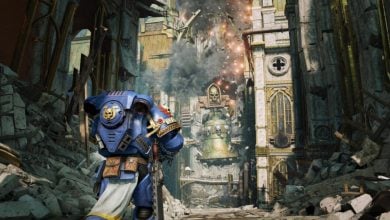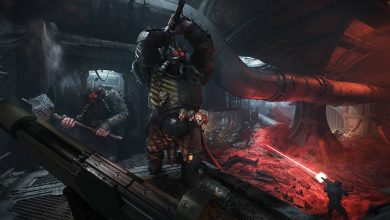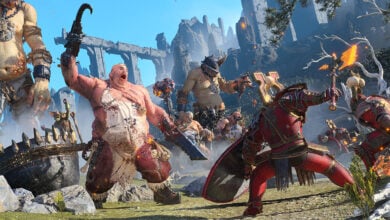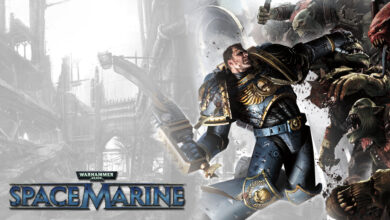Story Highlights
- Warhammer 40K: Mechanicus 2 takes the conflict to a planetary scale with returning characters as battlefield leaders.
- Each faction offers a distinct gameplay style with unique mechanics and progression.
- We interviewed Creative Director Manu and System Designer Romuald via email.
Warhammer 40K: Mechanicus 2 is the follow-up to Bulwark Studios’ well-received turn-based tactics title set in Warhammer 40K. This time around, the scale has grown significantly, with a full-blown planetary war between the Adeptus Mechanicus and the Necron legions. Featuring new mechanics, dual playable factions, and a refined campaign structure, the sequel looks to deliver something that feels much bigger in scope.
To learn more about the new changes, what has been reworked, and what’s completely new, we spoke with Creative Director Manu and System Designer Romuald in an email interview. This was conducted a while ago, as such, the transcript might contain some outdated information.
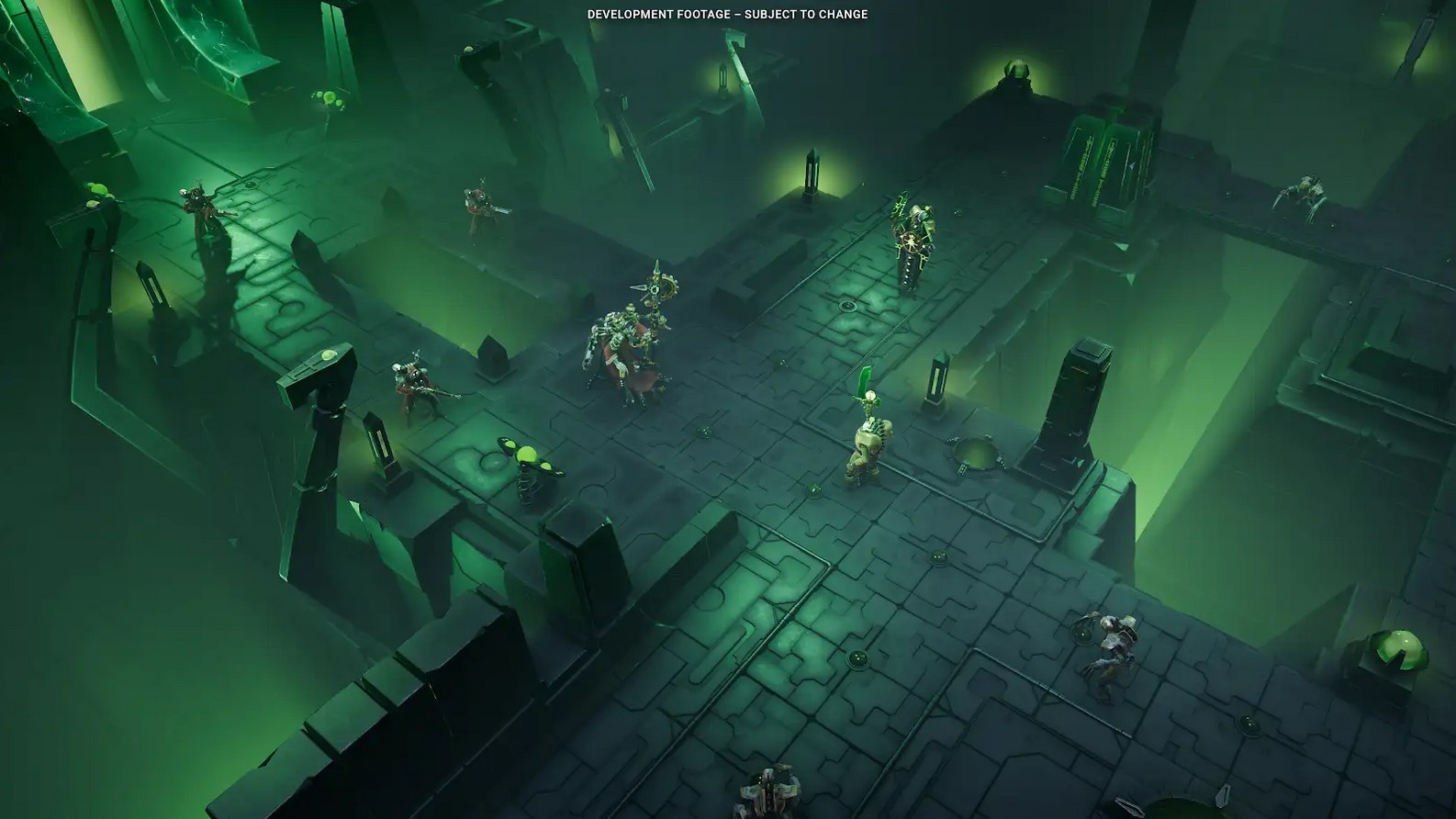
Hi, I’m Manu, Creative Director and Lead Game Designer at Bulwark. I worked on the first game, and I’m now working on defining the systems that would shape the core experience of the sequel, mostly at a macro level this time.
Hi, I’m Romuald, a System Game Designer at Bulwark, mostly working on units, progression, and in-game economy for Mechanicus 2.
This sequel builds on the most interesting elements from the first opus and iterates the formula to come with both truly different and yet true to the first game. The conflict scaled up and reached a planetary level. A large cast of characters from the original game comes back in this sequel and are now playable leaders. The core loop has been improved but remains a fast-paced, mission-driven, and multi-combat loop, while delivering a more fluid experience. And obviously, Mechanicus’ composer is back for the sequel.
In Mechanicus 2, players can utilize a cover system and a variety of interactive scenery elements. Tactically, these features provide new opportunities to surprise opponents and alter the battlefield’s dynamics. However, they also present a challenge, as players must carefully consider their unit placements; enemy units will not hesitate to exploit these elements to gain an advantage.
We have meticulously refined nearly every aspect of Mechanicus 1, from the Cognition economy to the turn order. However, the most significant change is the introduction of leaders. Each battle is now commanded by a prominent officer from our faction, such as Subdominatus Khepra or Lector-Dogminatis Videx. These leaders offer distinct styles of command, relying on their troops to secure victory.
Additionally, Mechanicus 2 features entirely new systems, including unique Necron mechanics, a complete overhaul of the progression system, and a revamped planetary campaign map for players to conquer.
The Necron legions and the Adeptus Mechanicus will be very different to play, whether in skirmish or on the campaign map.
The Necrons have their own unique mechanic called Dominion. The damage they inflict, among other effects, allows them to increase their power during the same skirmish, unlocking devastating abilities for their units and leaders.
The Adeptus Mechanicus, on its side, still depends as much on cognition and does not have the same resilience capacity as the Necrons, but they can count on the reliability and autonomy of their units.
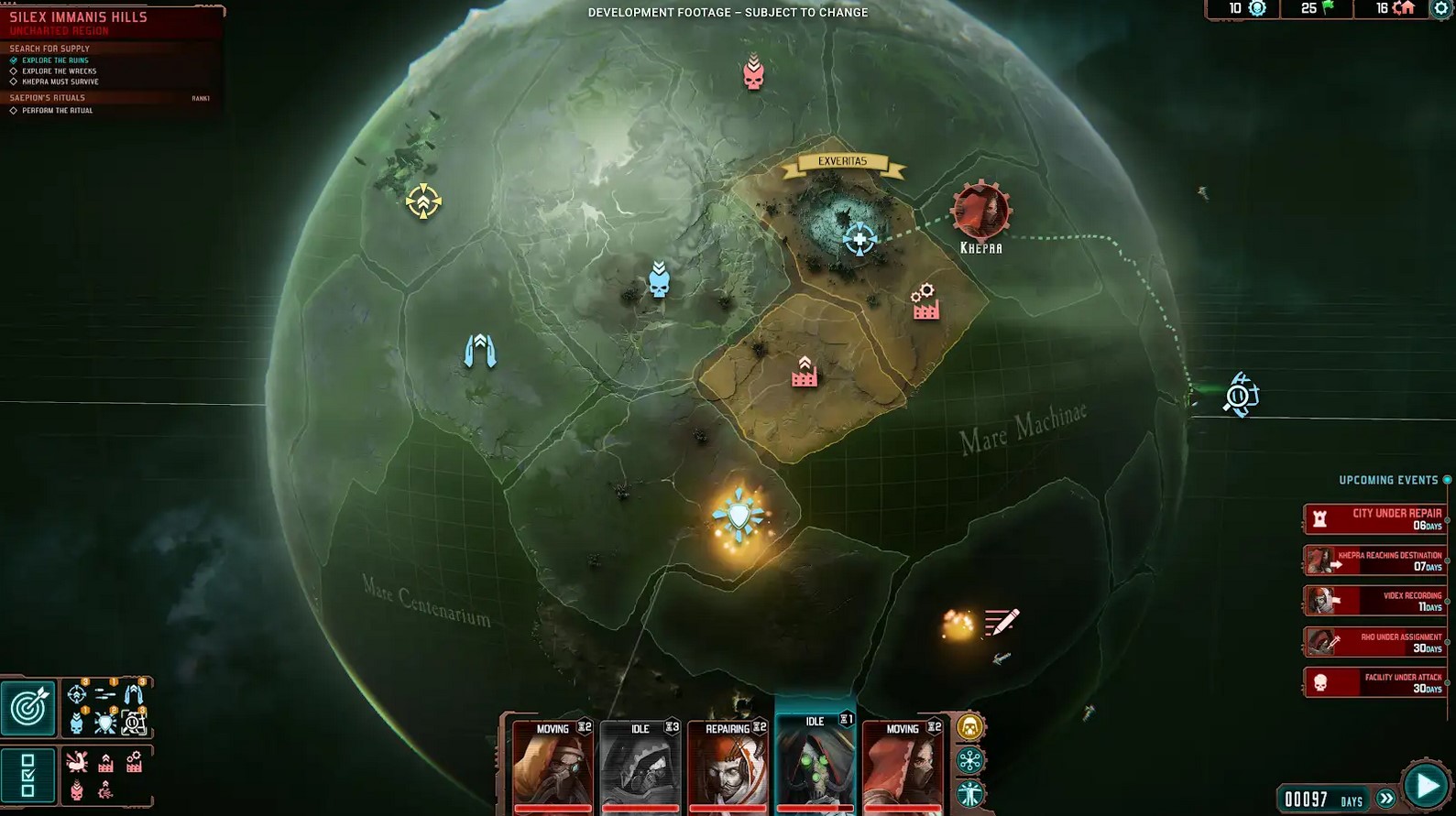
The narrative campaign tells the story of a single conflict experienced from both factions’ perspectives, focusing on key characters’ agendas. This allows replayability as events experienced during one campaign may have their origin revealed during the second one. But both factions share a similar game structure, but each one has a unique gameplay when it comes to group composition, their evolution and abilities.
This relies on both diversity in mission objectives, but also other key elements. First context is key. In the first game, it was only about looting new stuff. Now, missions have conséquences, whether they succeed or fail on the war map and the state of the war, which results in more engagement and meaning around players’ actions. Next, the pacing has been revised to get a more intense core loop focused on interesting situations and choices, resulting in less friction when it comes to playing multiple missions within a game session. Lastly, we indeed introduced new biomes by expanding the scale of the conflict, and more unique situations tied to arenas.
The story takes place on a new planet after the events of the first entry. Most characters from the first game are back and now playable, and a new set of characters, mostly among the Necrons ranks, are introduced. The story is very different in its structure compared to Mechanicus 1 as there is now a continuity between story-driven missions where players’ actions have narrative and gameplay conséquences on the world.
Despite the studio’s experience with Mechanicus 1, working on a demanding license like Warhammer 40K is a significant challenge that requires meticulous attention to detail from every team member. It involves extensive, long-term work with many iterations to closely align with the lore.
Incorporating the Necron faction adds another layer of complexity, as every unit encountered in the game is now also playable. The Warhammer community has high expectations, especially since they haven’t been able to play as Necrons in a video game since Gladius: Relics of War. We hope to meet and exceed those expectations.
We didn’t want to recreate the same experience with just improvements from here and there and end up with a 1.5 rather than a true sequel. Once we got the big new features we felt necessary to justify a sequel, we then indexed every system that defined the first game, and we had a close look at what could be tweaked, improved, revamped or replaced while keeping in mind what made the first game unique so players still recognize the experience.
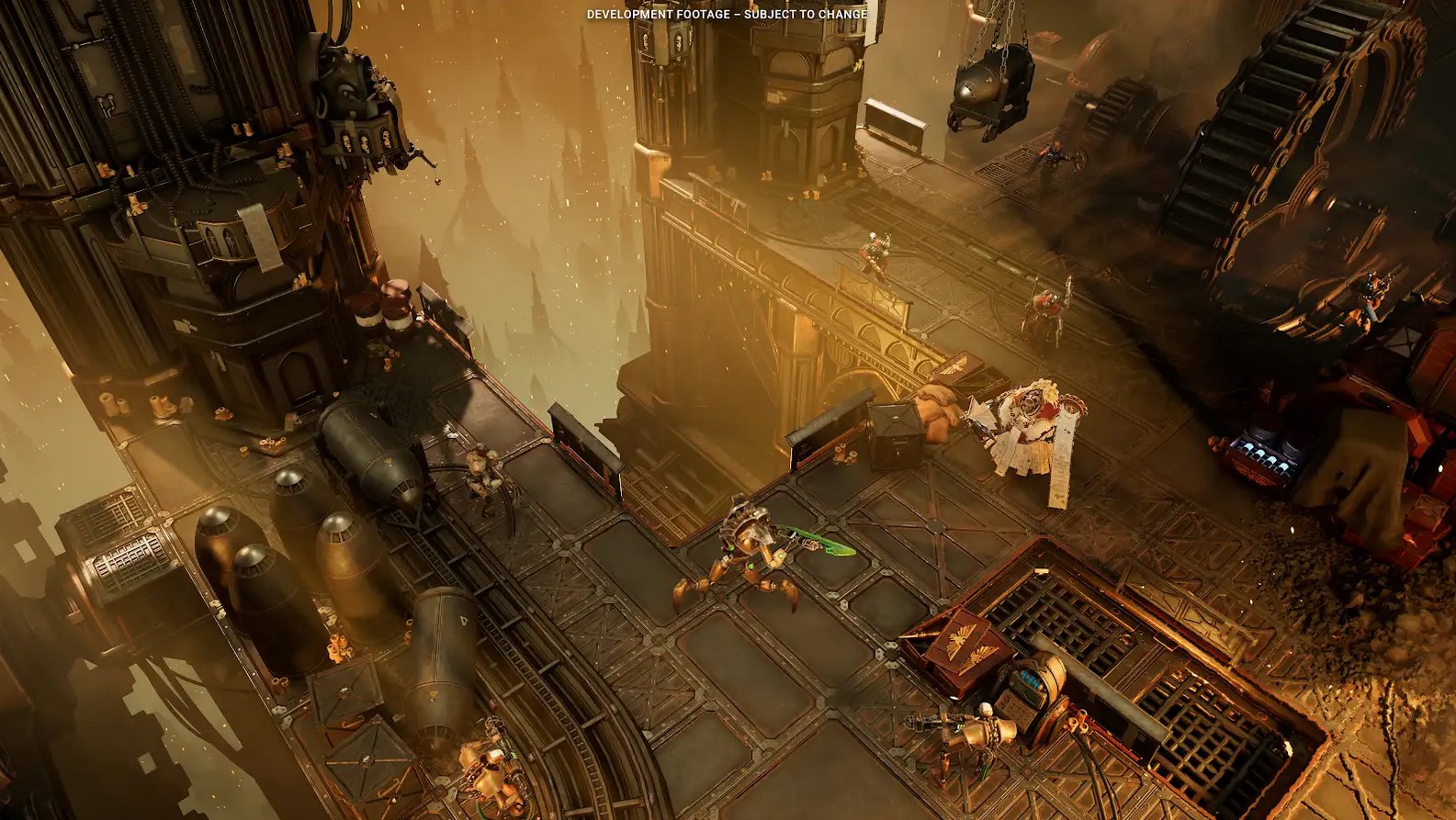
It’s a key part of the IP and experience. During our past developments, including Guillaume, it’s always been a magical moment when, late in production, we implement key audio assets and the final version of the soundtrack in-game. Everything reaches a new layer of epicness and depth. Guillaume’s work is part of the game’s DNA, and it would not have made much sense to work on a sequel without him on board.
Even though we have some die-hard fans of the Warhammer 40K universe within the studio, the lore is vast and highly demanding. We conduct extensive research using official sources to ensure we respect every aspect of this universe in Mechanicus 2. Every asset, line of dialogue, and name is meticulously checked and validated by experts at Games Workshop.
Mechanicus 2 showcases rarely seen factions in Warhammer 40K video games, each with a distinct identity. The iconic conflict between the Adeptus Mechanicus and the Necrons provides rich narrative opportunities and paves the way for innovative system designs.
Our tactical approach aligns closely with the universe’s themes, featuring heroic figures who rely on the support and sometimes the sacrifice of their troops to achieve victory.
We decided to remove unnecessary choices for the sake of better pacing. We also improved the storytelling of this section and how choices are exposed to players, including the information communicated to them in order to make the best possible décisions based on their current situation.
We can’t wait to reveal more of Mechanicus 2 in the coming months—we still have a few surprises in store for the players. Please support us by wishlisting the game now. As a small team of passionate developers, your support means the world to us!
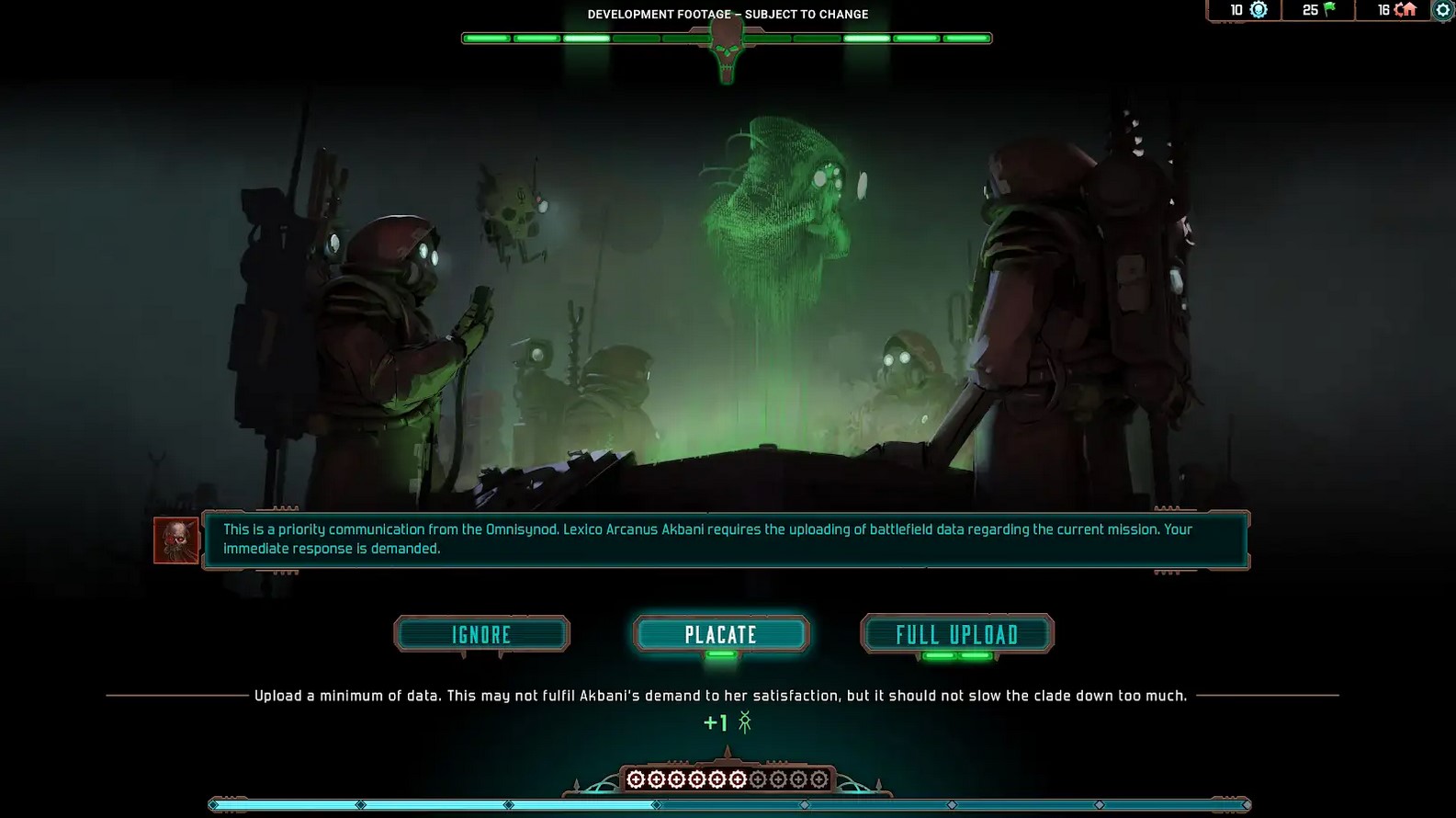
Warhammer 40K: Mechanicus 2 is a turn-based tactical strategy game developed by Bulwark Studios and published by Kasedo Games. The game currently has no release date in sight. We appreciate Manu and Romuald for taking the time to speak with us.
Thanks! Do share your feedback with us. ⚡
How can we make this post better? Your help would be appreciated. ✍
